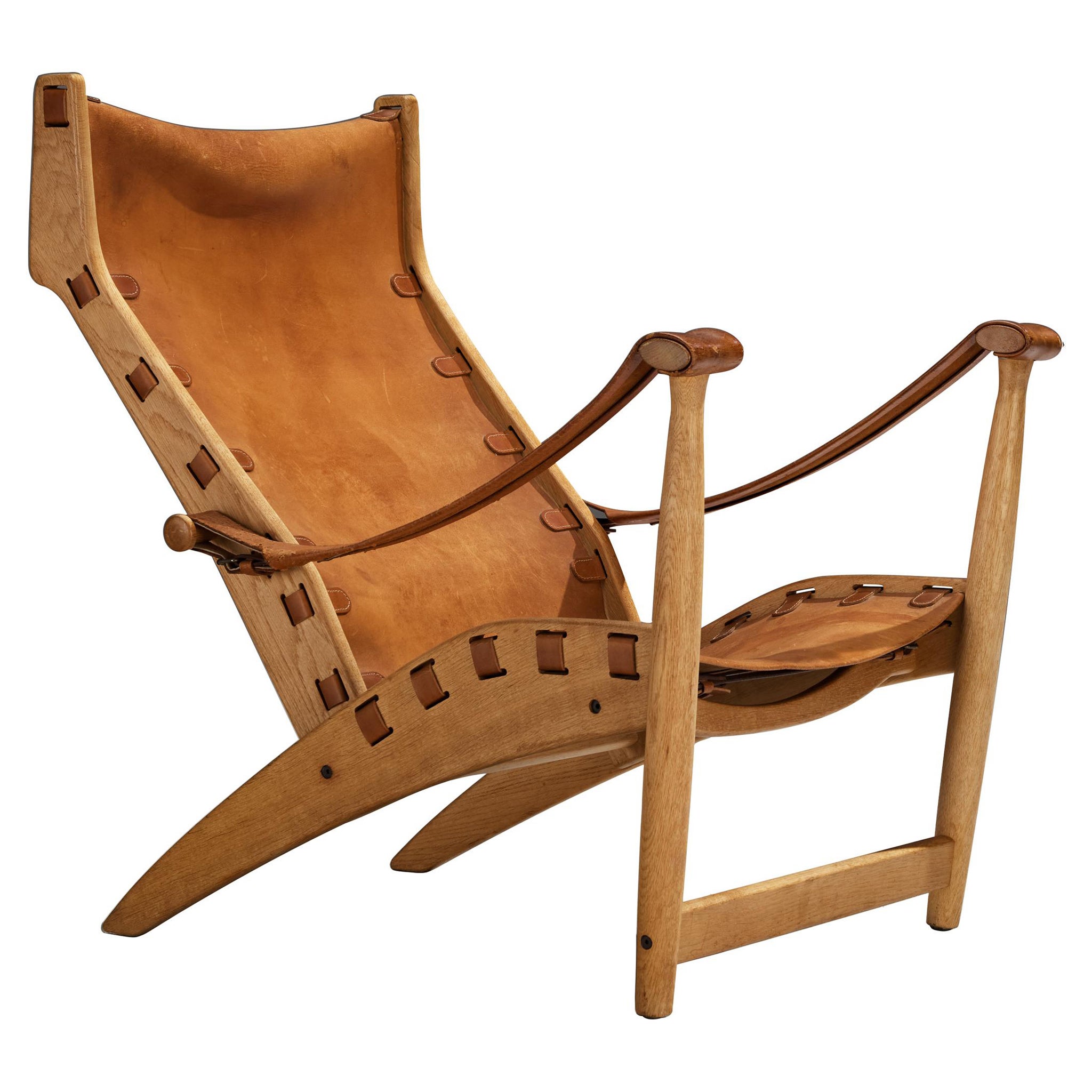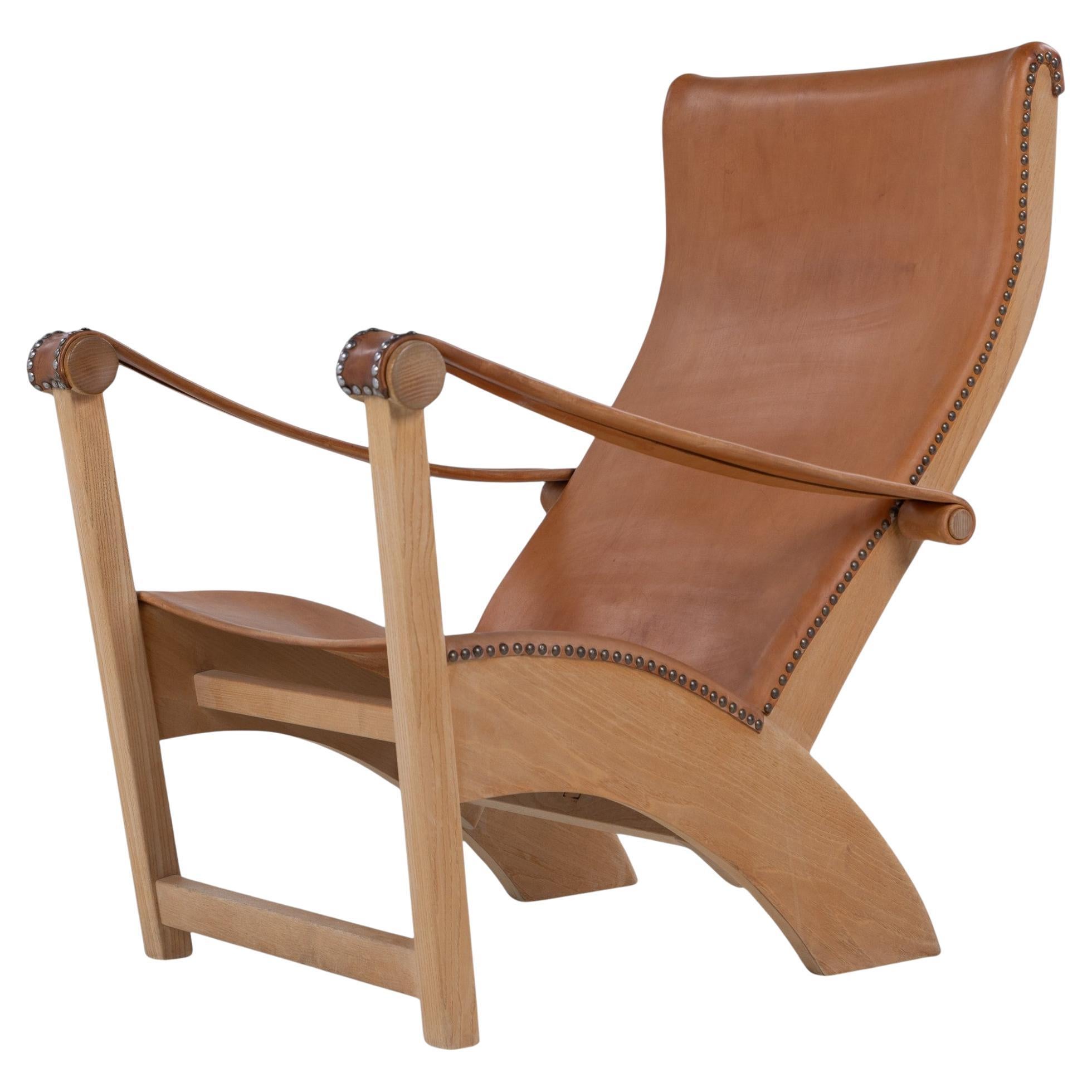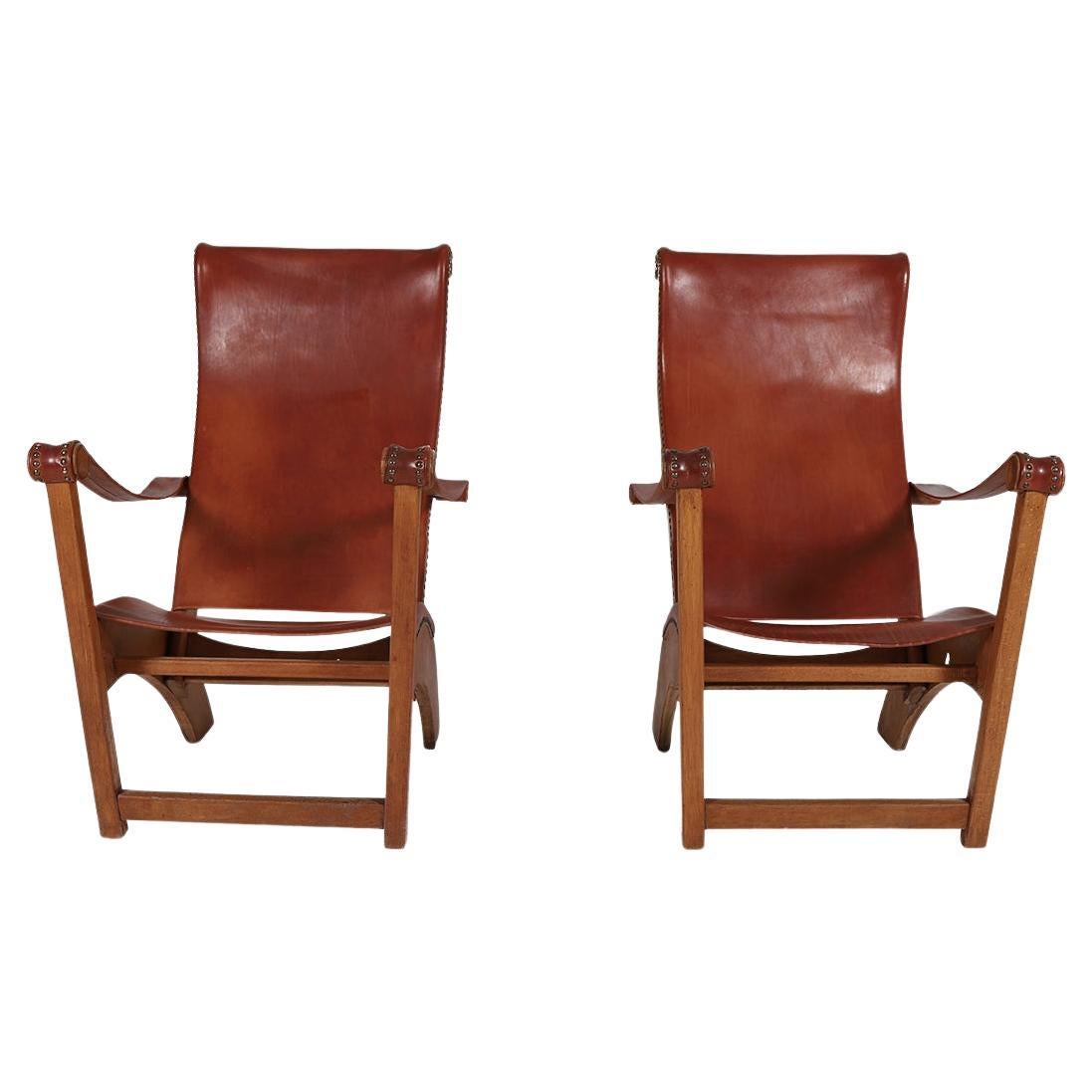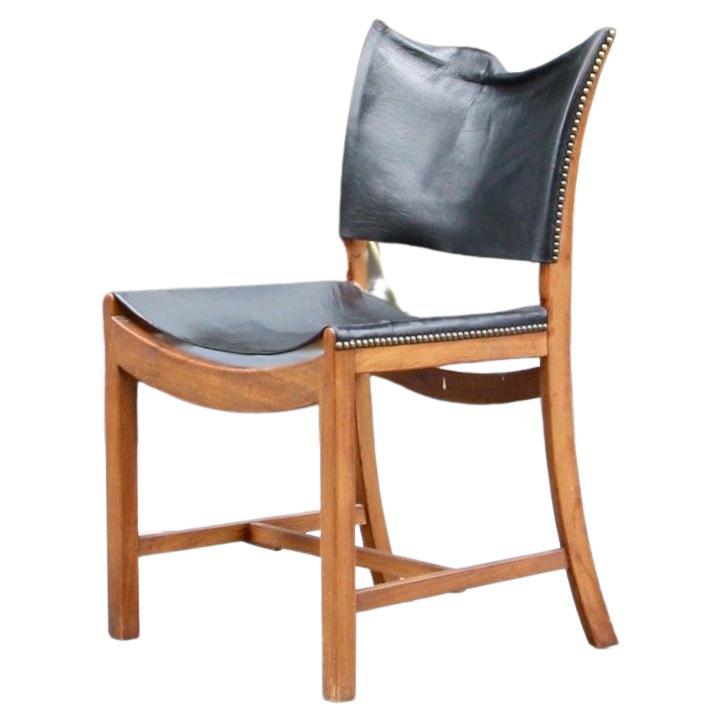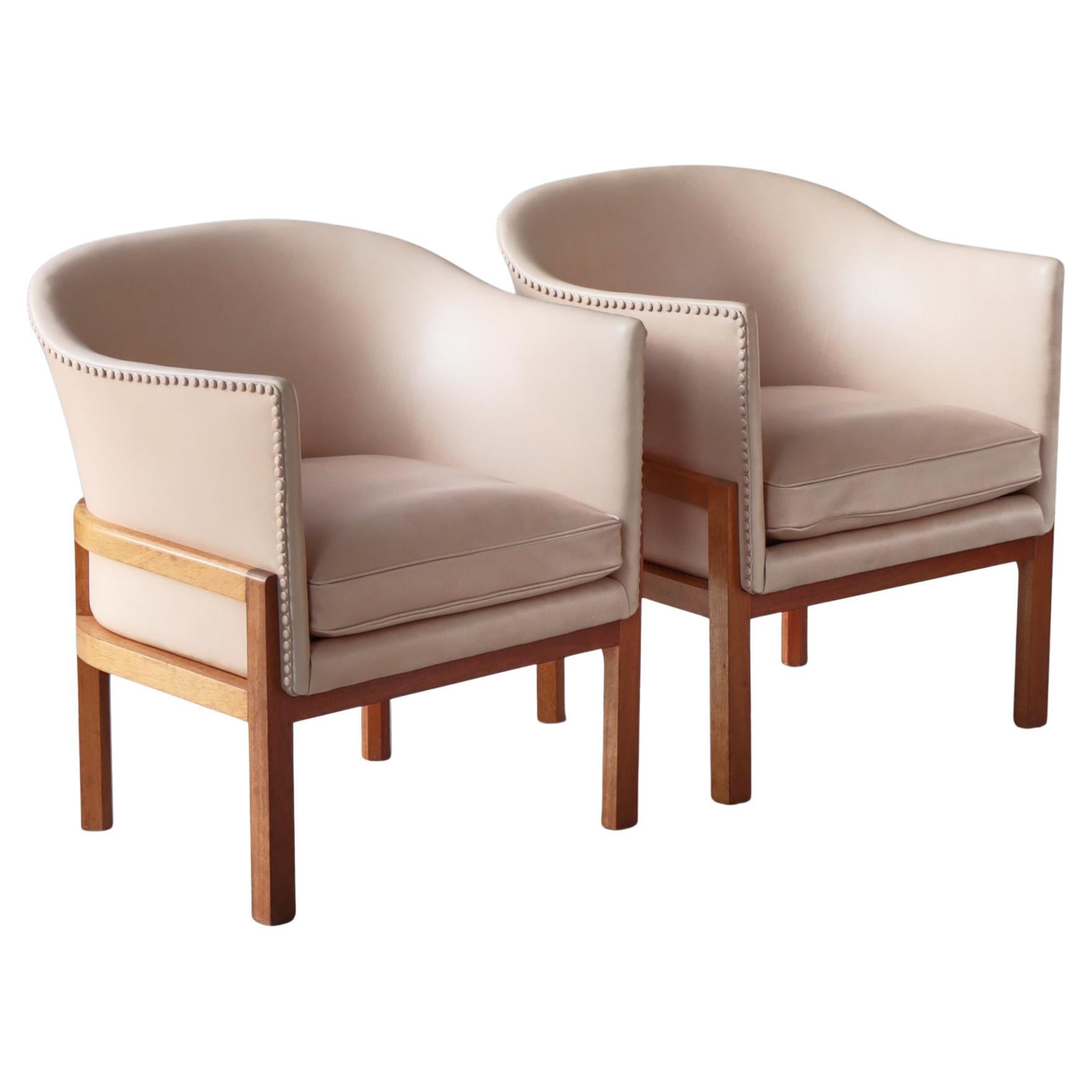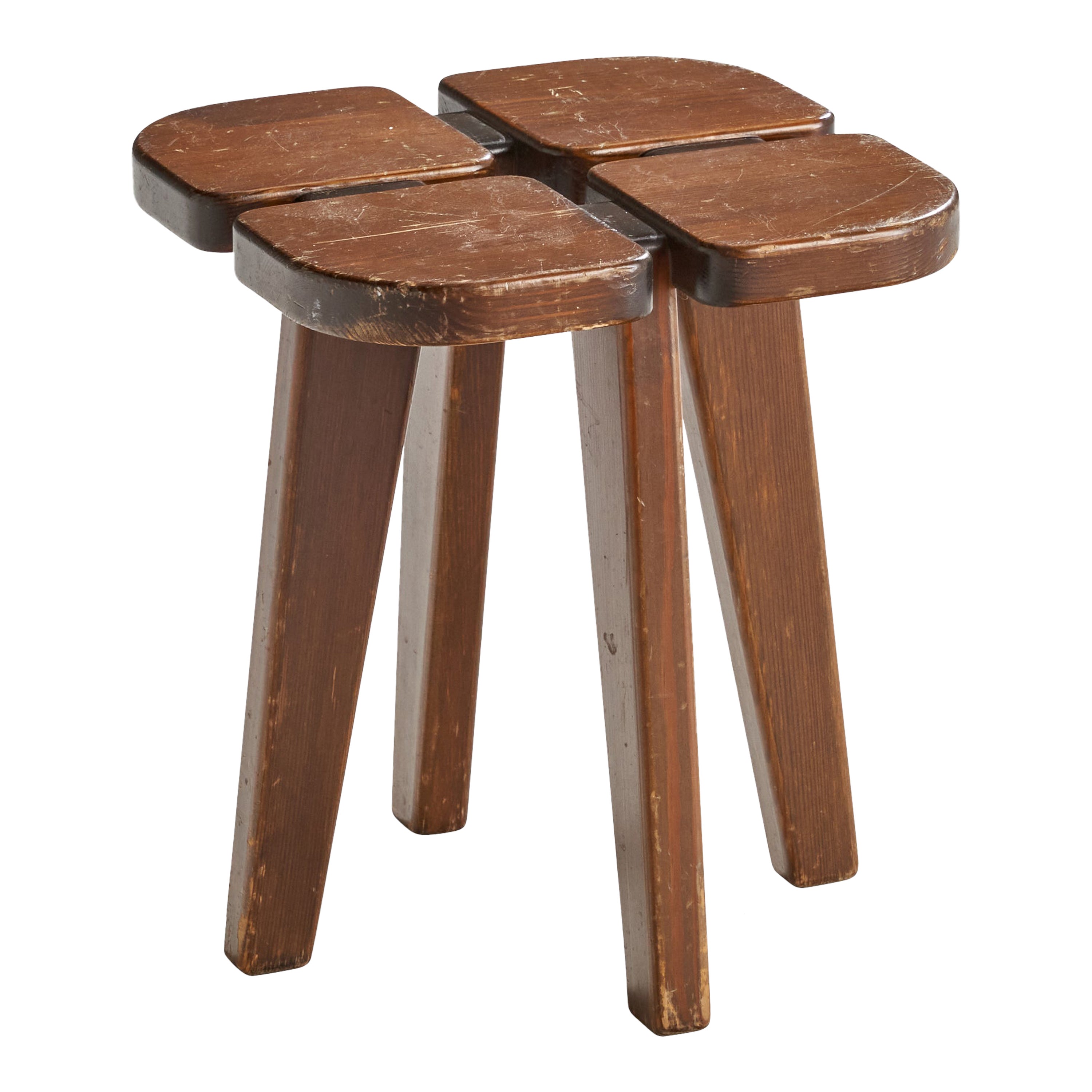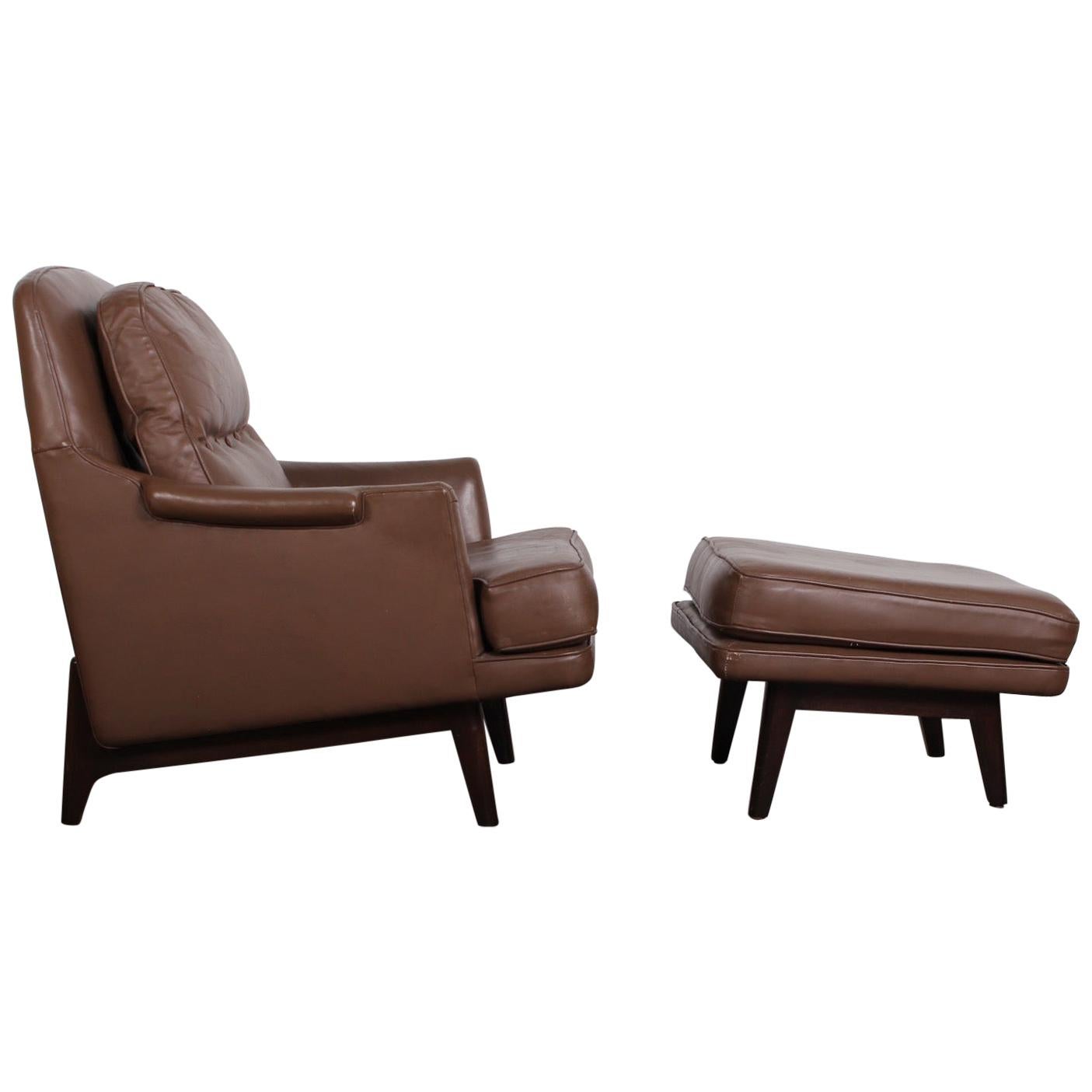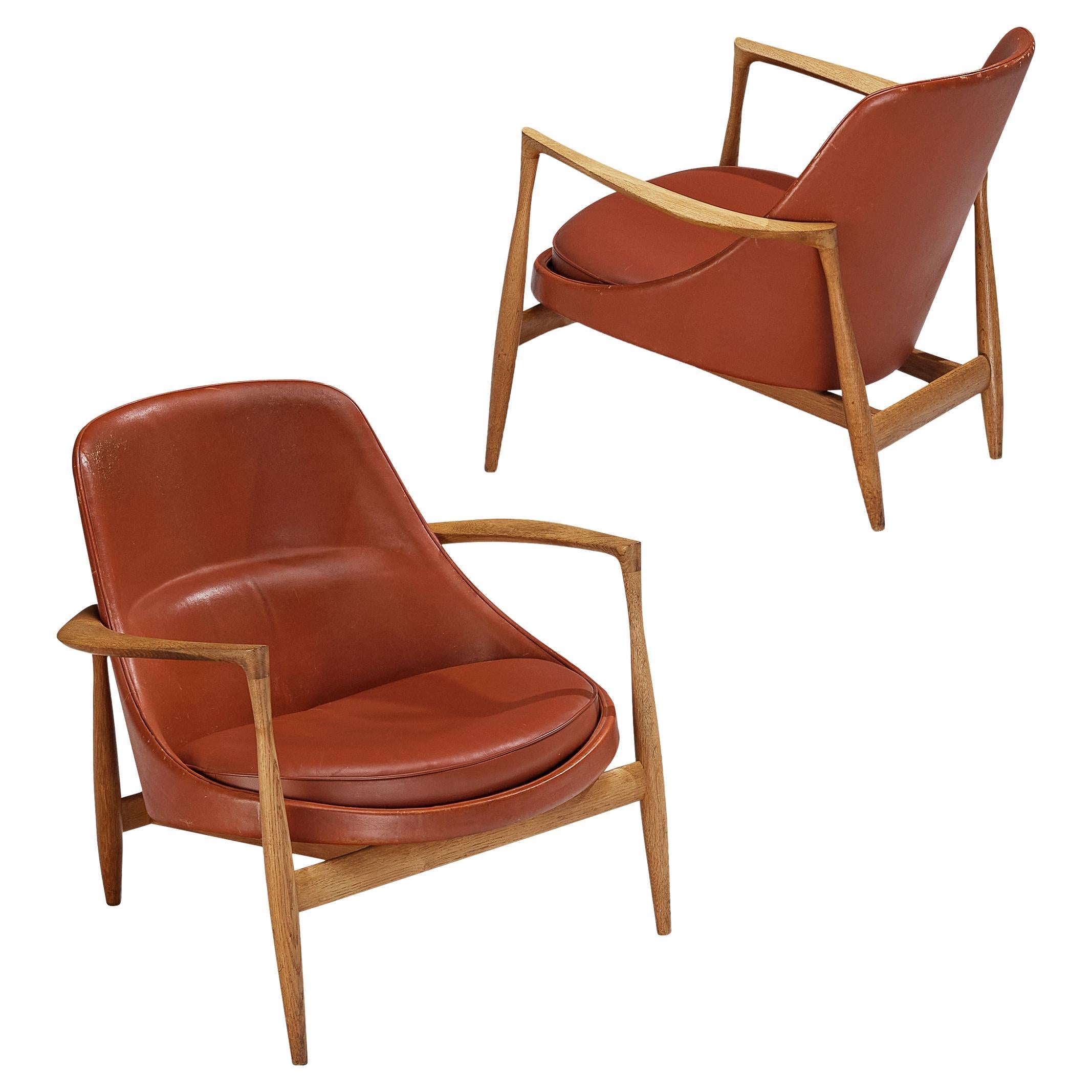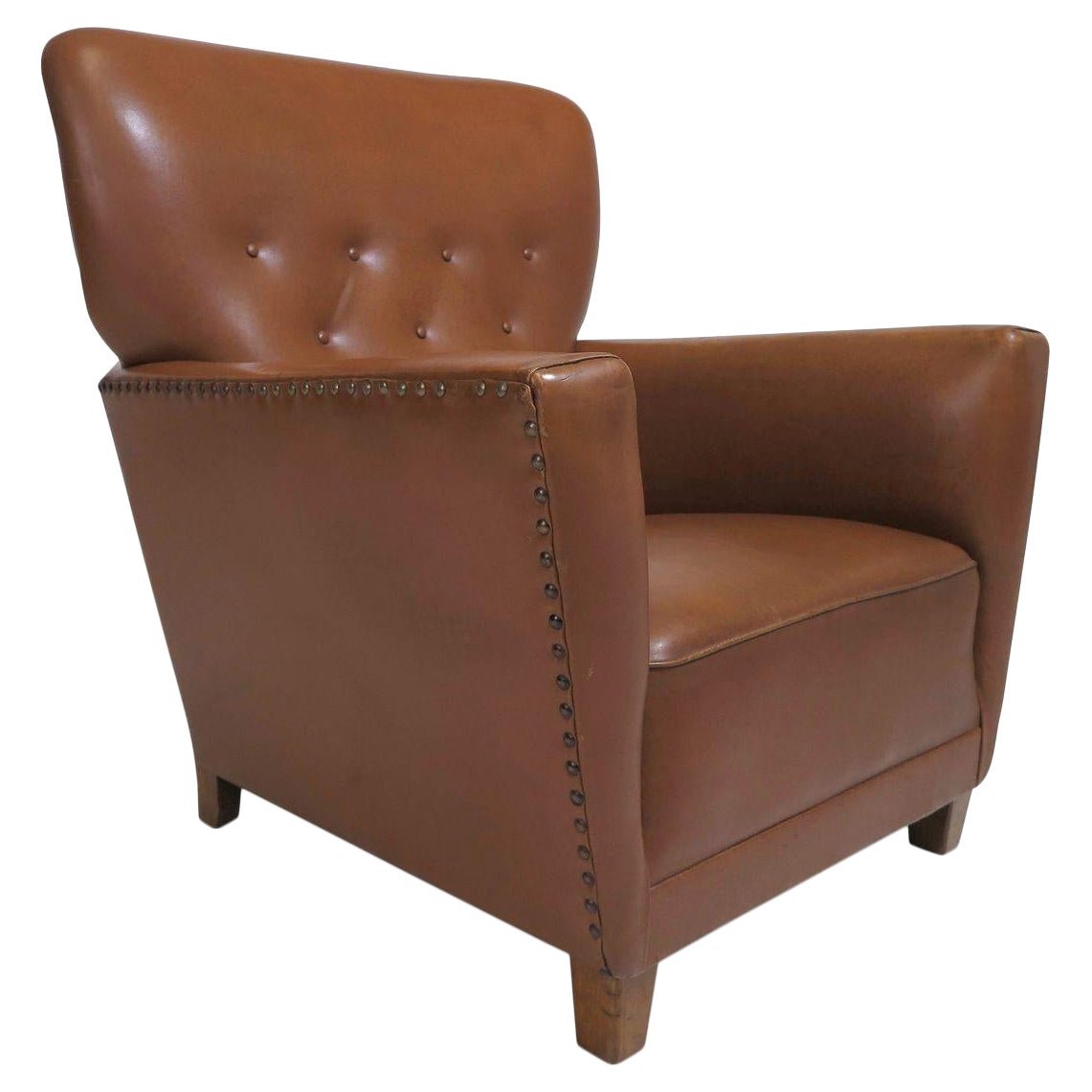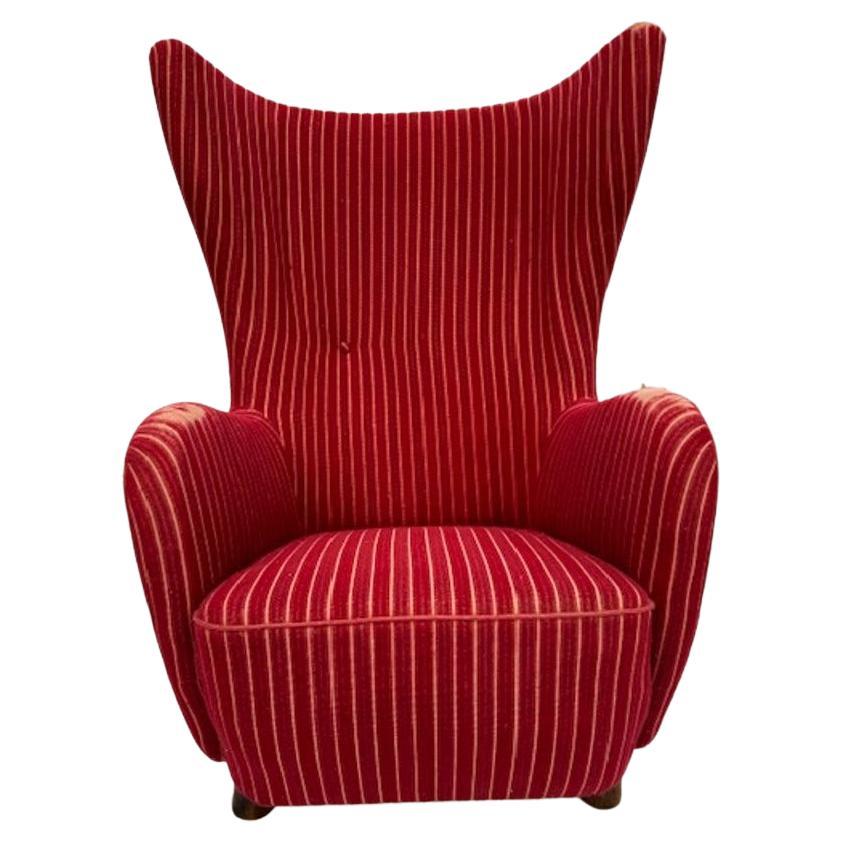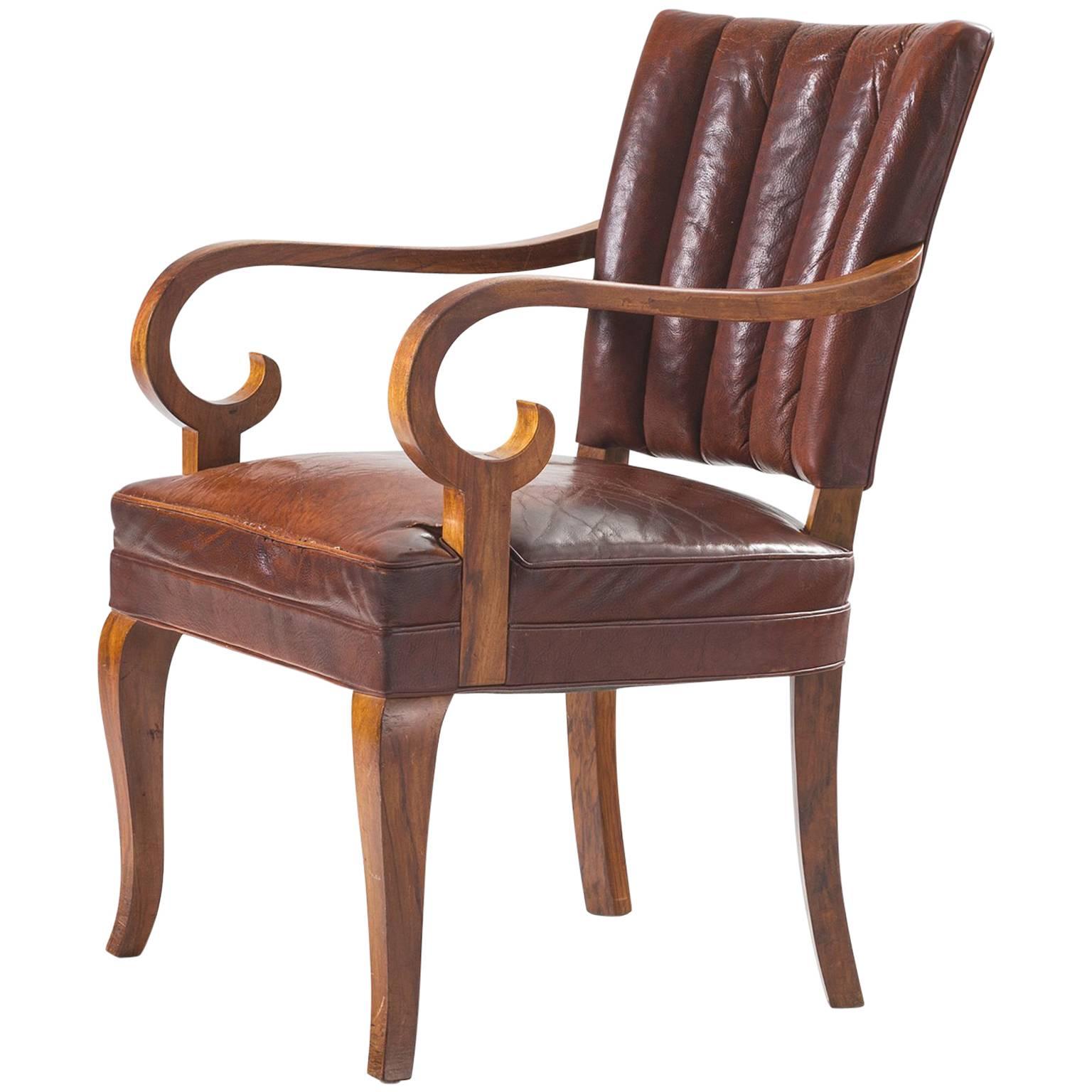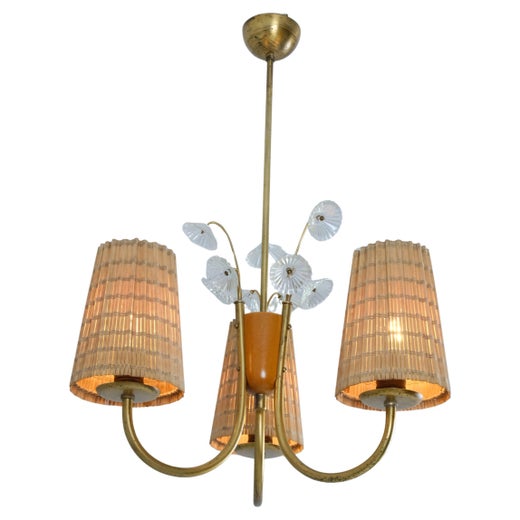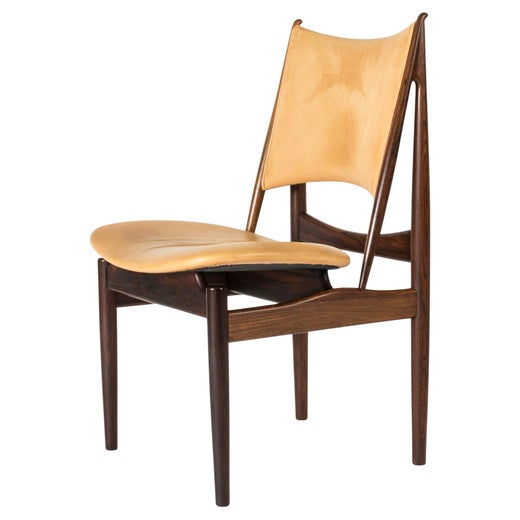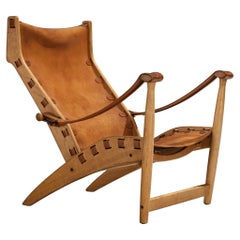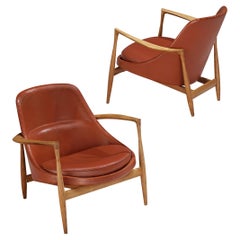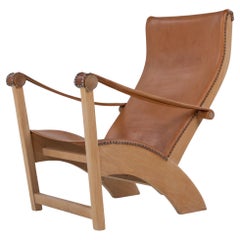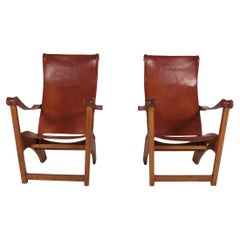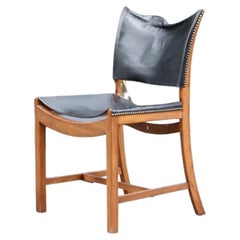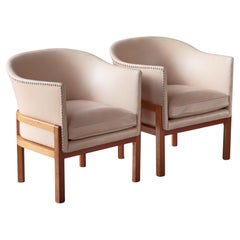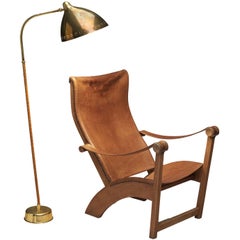
Mogens Voltelen 'Copenhagen Chair' in Original Leather and Lisa Johansson Lamp
View Similar Items
Mogens Voltelen 'Copenhagen Chair' in Original Leather and Lisa Johansson Lamp
About the Item
- Creator:Lisa Johansson-Pape (Designer),Orno Oy (Manufacturer),Mogens Voltelen (Designer),Niels Vodder (Manufacturer)
- Dimensions:Height: 56.7 in (144 cm)Diameter: 12.6 in (32 cm)
- Sold As:Set of 2
- Style:Scandinavian Modern (Of the Period)
- Materials and Techniques:
- Place of Origin:
- Period:
- Date of Manufacture:1950s
- Condition:Refinished. Wear consistent with age and use. Every item Morentz offers is checked by our team of 30 craftsmen in our in-house workshop. Special restoration or reupholstery requests can be done. We guarantee a very highquality standard, ask our design specialists for detailed information.
- Seller Location:Waalwijk, NL
- Reference Number:Seller: 45015193, 450093391stDibs: LU933123572972
Lisa Johansson-Pape
Lisa Johansson-Pape is one of the most recognized mid-century Finnish lighting designers, having earned this distinction — in her eyes — unintentionally.
Johansson-Pape began her career as a furniture designer for Kylmäkosku and Stockmann before turning her focus to lighting in the early 1940s for Stockmann-owned lighting manufacturer Orno, where she partnered with designer Yki Nummi. A graduate of Finland’s Central School of Arts and Crafts, Johansson-Pape was famously quoted as having attributed the success of her vintage table lamps, floor lamps and sconces to an “accident.”
“By education, I am a furniture designer, but I had to make lamps during the war," she explained. Her distinctive style sees a balance of clean aesthetics and a prioritization of practicality and function.
Johansson-Pape was a multidisciplinary engineer and designer who created space for women in many industries. She collaborated on a number of high-profile projects through a variety of partnerships, most notably with the glassblowers of Iittala during the 1950s, designing celebrated lighting fixtures for public spaces such as the Helsinki Children’s Hospital. She also collaborated on installations at 150 churches, including the famous Eckerö Church in Finland.
In 1951, Johansson-Pape was awarded the silver medal at the Triennale di Milano, and in 1954, she was awarded the gold medal for her design of the Sipuli, or Onion lamp. This was merely the start of a lifetime of awards and accolades for Johansson-Pape. She won the Pro-Finlandia prize in 1957 for her design of the Laura pendant lamp, and her other iconic lighting designs include the Belle pendant lamp and the Senator floor lamp.
Johansson-Pape’s work, which frequently saw an integration of acrylic and enamled brass alongside its glass components, was featured at the 1939 World’s Fair in New York and the “Design In Scandinavia” exhibition, which traveled extensively throughout the United States and Canada in the 1950s. Her “Rya” textile exhibition debuted in Helsinki and toured Europe in 1956. In 1966, she took part in a joint exhibition in Stockholm with her friend, textile artist Dora Jung.
Lisa Johansson-Pape was an inspiring pioneer of design — she was passionate about traditional Finnish design and worked to build a community and platform for female designers and architects. Through her work at Friends of Finnish Handicraft — for which she designed textiles — Johansson-Pape supported several national movements in textile design and was the organization’s Artistic Director for more than three decades. She was also a recognized public speaker and author, having lectured on the subjects of furniture design, lighting and Scandinavian modernism.
Find vintage Lisa Johansson-Pape stools, chandeliers and other furniture on 1stDibs.
Niels Vodder
One of the greatest cabinetmakers in Denmark, Niels Vodder had an illustrious career in Danish furniture. And just as like-minded duos Kaare Klint and Rudolph Rasmussen or Hans Wegner and Johannes Hansen had, Vodder — in partnership with Finn Juhl for more than 20 years — set a high standard for Scandinavian modernism.
Vodder had already established his position as an in-demand cabinetmaker by the time Juhl came into his small workshop in 1937. Juhl — a pioneer of 20th-century Danish design and a pivotal figure in the introduction of Danish modern in the United States — had often authored technically complicated designs that other woodworkers found impossible to execute. Vodder, however, would prove otherwise through his skill and ingenuity. Together, the two ushered in an era of innovative Danish design to an international audience at annual Cabinetmakers’ Guild exhibitions in Copenhagen.
Some of Juhl’s most iconic lounge chairs, such as the NV 45 chair and the Chieftain chair, were first built by Vodder. Most of the seating executed by Vodder was done in teak, although some chairs were handcrafted in mahogany, rosewood and other attractive woods. The Chieftain, formally the FJ 49 A, won the Danish Design Award in the “Classic” category, while the NV 45 can be found in the collection of the Museum of Modern Art. Juhl’s FJ 51 chair was featured in the United Nations Trusteeship Council chamber — designing and furnishing the chamber was one of Juhl’s notable accomplishments in the early 1950s.
One of the keys to the pair’s success lay in the combination of Juhl’s self-taught approach and Vodder’s progressive outlook on his trade. The latter's workshop was modest in size and he was a pioneer with respect to the use of subcontractors in manufacturing, while Juhl had no formal training in furniture design. Juhl's early ambition was to pursue art history; instead, at his father’s request, he earned a degree in architecture. His studies and enthusiasm for art resulted in inspired pieces that were free from traditional norms, while Vodder possessed the technical prowess to refine and bring these ideas to fruition.
As Ejnar Pedersen — founder of P.P. Møbler — once said, “ (I)f we had no Niels Vodder, we would not have had the Finn Juhl we know today.” Vodder passed away in 1982.
On 1stDibs, find a collection of vintage Niels Vodder seating, tables and case pieces.
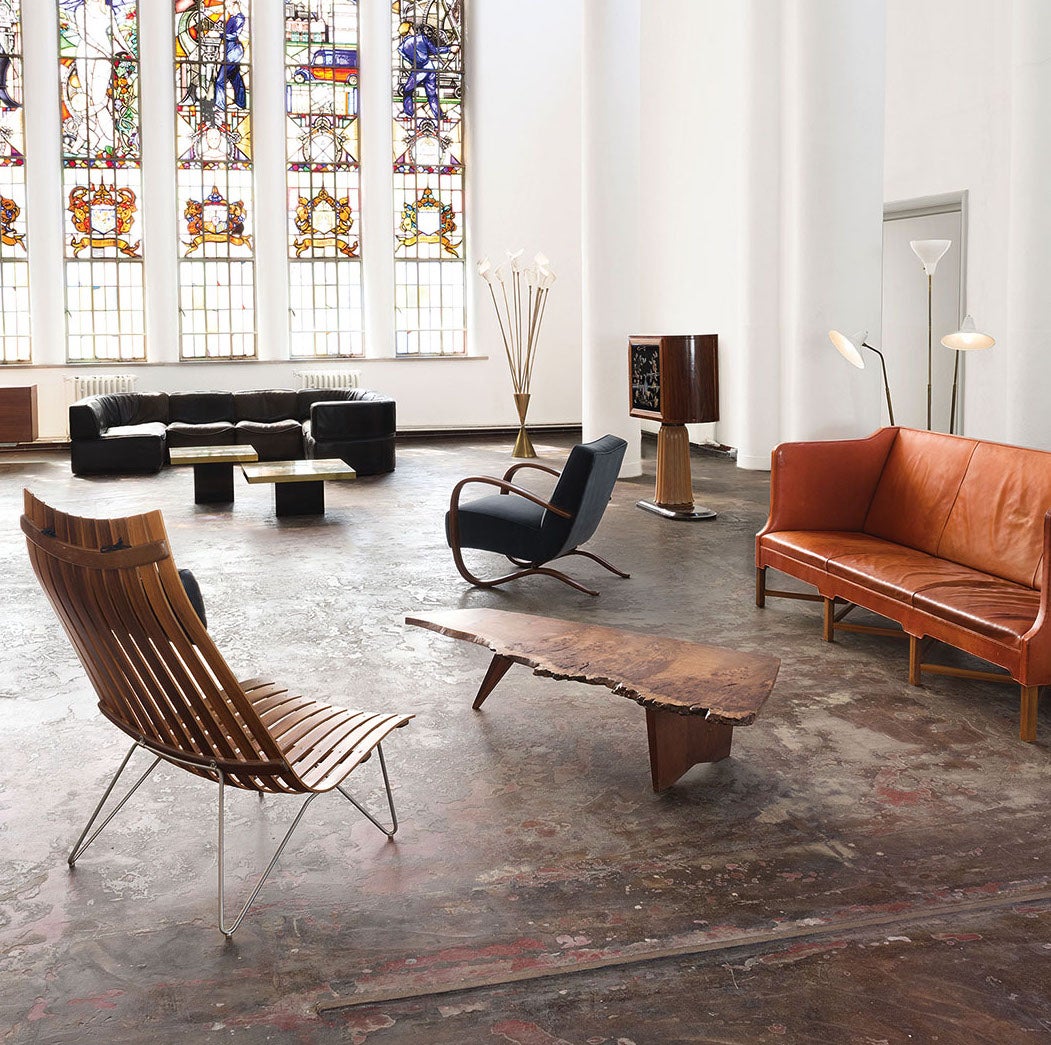
Established in 2006, Morentz has a team of approximately 55 restorers, upholsterers, interior advisers and art historians, making it a gallery, workshop and upholstery studio, all in one. Every day, a carefully selected array of 20th-century furniture arrives from all over the world at the firm’s warehouse, where the team thoroughly examines each piece to determine what, if any, work needs to be done. Whether that means new upholstery or a complete restoration, Morentz's aim is always to honor the designer’s intention while fulfilling the wishes of the client. The team is up to any challenge, from restoring a single piece to its original glory to furnishing a large-scale hotel project.
More From This Seller
View AllVintage 1930s Danish Scandinavian Modern Lounge Chairs
Brass
Vintage 1960s Danish Scandinavian Modern Lounge Chairs
Leather, Oak
Vintage 1950s Danish Scandinavian Modern Armchairs
Leather, Oak
Vintage 1940s Danish Scandinavian Modern Armchairs
Leather, Walnut
Vintage 1950s Danish Scandinavian Modern Armchairs
Leather, Oak
Vintage 1960s Swedish Scandinavian Modern Lounge Chairs
Steel, Chrome
You May Also Like
Early 20th Century Danish Mid-Century Modern Lounge Chairs
Oak, Leather
Mid-20th Century Danish Scandinavian Modern Armchairs
Beech
Vintage 1930s Danish Scandinavian Modern Armchairs
Leather, Mahogany
Vintage 1950s Danish Scandinavian Modern Lounge Chairs
Mahogany, Leather
Vintage 1950s Finnish Scandinavian Modern Stools
Pine
Vintage 1970s Lounge Chairs
Leather
